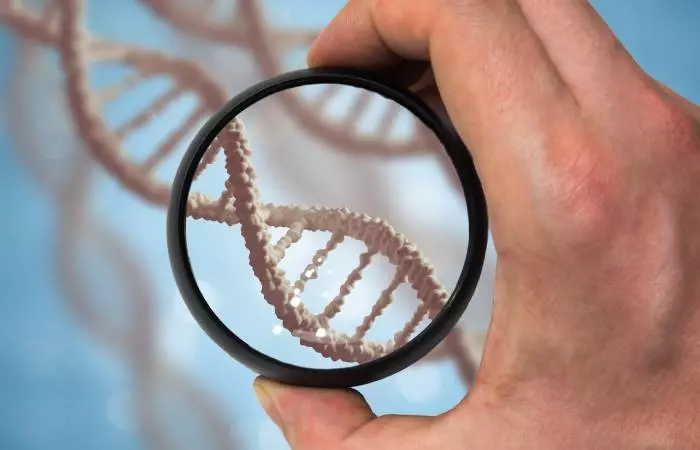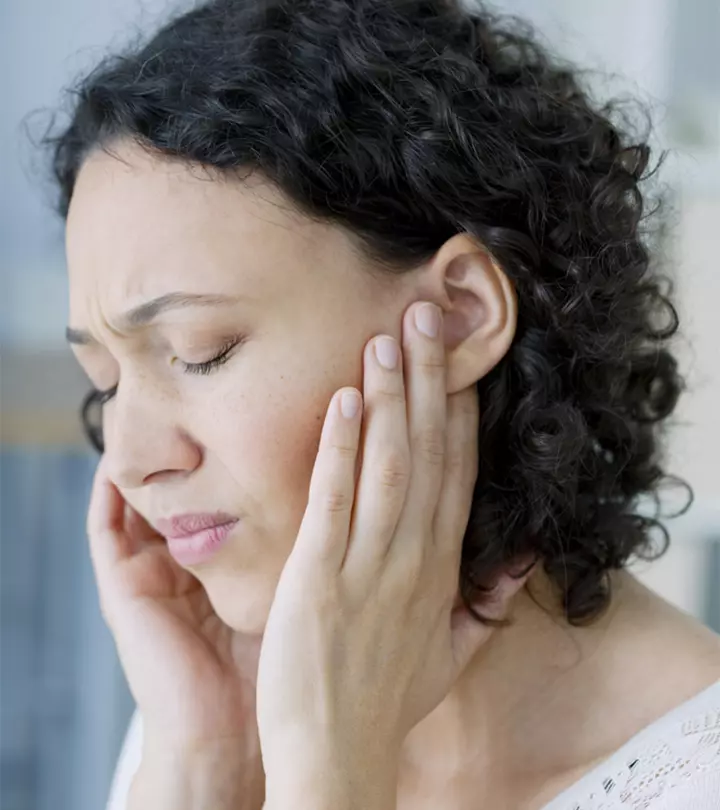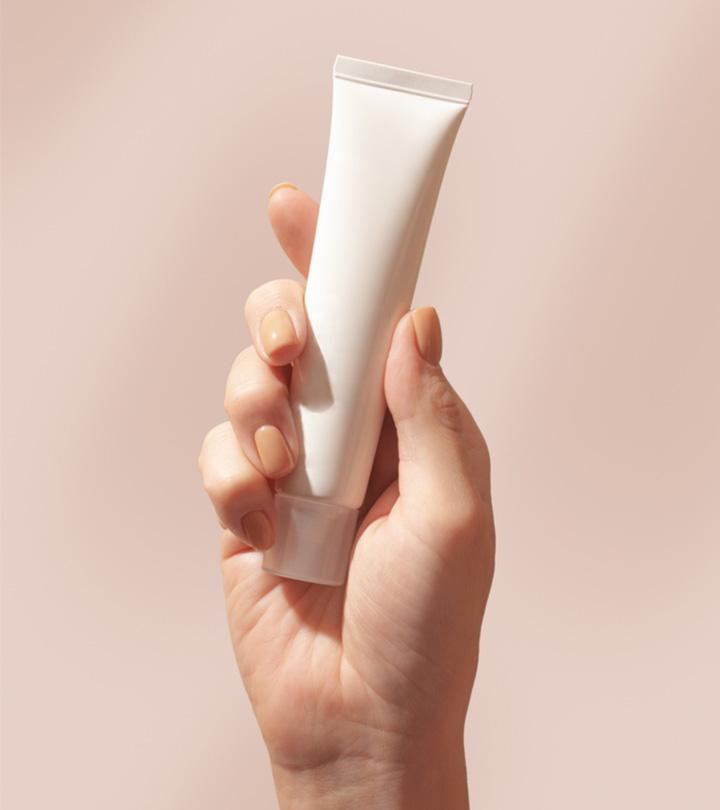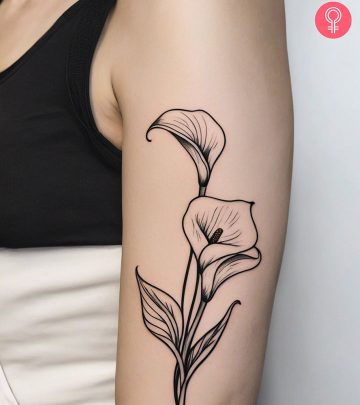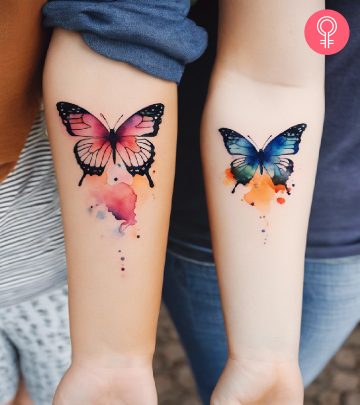Piercing Rejection: Causes, Signs, And Tips To Prevent It
Learn about piercing rejection and avoid this pitfall in your journey of self-expression!

Image: Shutterstock
In this ever-evolving landscape of self-expression, body piercing stands as a powerful form of individuality. From ear cartilage to navel piercings, they have become statements of personal identity rather than mere accessories. However, amidst this allure, there exists a less-discussed reality – piercing rejection. It is a very common phenomenon and its occurrence demands attention and understanding. So let us dive into the fascinating world of body piercing, where self-expression meets resilience in the face of piercing challenges exploring the bittersweet reality of rejection. Keep reading this article to know more about what piercing rejection is, what signs to look for, what causes it, and get tips on preventing it.
In This Article
What Is Piercing Rejection?
Piercing rejection is an immune system response that occurs when the body perceives a piercing as a foreign object and initiates a defensive mechanism, pushing the jewelry out of the pierced area (1).
In the initial stages of rejection, migration can occur which means gradual movement of the jewelry away from the initial piercing site to the skin surface and later there is outright expulsion which is complete rejection and expulsion of the jewelry. Generally, piercing rejection occurs in the first few weeks to months after getting pierced so it is important to recognize the reason behind this rejection and understand the cause behind it. So keep scrolling to learn about the causes of piercing rejection.
Why Does Body Reject Piercing?
Here are the various causes of piercing rejection:
1. Genetics: Some people may have a genetic predisposition to reject foreign objects, making them more susceptible to piercing rejection.
2. Location Or Skin Surface: The texture and condition, blood flow, and tissue composition of the skin at the piercing site may influence the likelihood of rejection. Areas with thin or sensitive skin may be more prone to irritation and subsequent rejection.
3. Tautness Of Skin: Tension in the skin also has an impact as areas prone to movement or stretching, such as the tongue or belly button piercing, may face a higher risk of rejection due to constant motion and pressure.
4. Weight Changes: Fluctuations in body weight can affect the alignment and stability of piercings. Changes in the body’s contours can cause increased tension on the jewelry, contributing to rejection.
5. Physical Or Emotional Stress: The increase in stress levels may slow down healing, which may be the reason behind rejection (2).
6. Infection: Infections at the piercing site may trigger rejection as the body attempts to expel the foreign object to combat the perceived threat (3).
7. Piercing Techniques: Wrong techniques, such as using incorrect jewelry sizes or wrong angles during the piercing process, may trigger the body’s rejection response.
8. Allergic Reactions: Low-quality or allergenic metals such as gold jewelry containing nickel in them or metals that are not certified may irritate the piercing site, prompting the body to view the jewelry as a threat (4).
9. Inadequate Aftercare: Neglecting hygiene or using harsh cleaning agents may lead to infections or irritations, increasing the likelihood of rejection.
Simple identifying the rejection or knowing the cause won’t be of any help if you don’t know what to do afterward, right? Check out the next section to know what actions you should take after spotting a piercing rejection.
Can You Still Push Through A Rejected Piercing?
As soon as you suspect that your piercing is being rejected, it is important to consult your professional piercer promptly. If migration has already begun, attempting to force the jewelry back into place is not recommended. Your piercer may advise you to remove it, as it may otherwise cause tissue damage, increase the risk of infection, and hinder the natural healing process. While it might be disappointing, accepting the rejection and allowing the area to heal properly is generally the best course of action. If you are considering re-piercing in the future, it is advisable to consult with your piercer to determine the optimal timing and location to avoid potential complications.
Seeking advice from your piercer and addressing rejection issues early on is essential for minimizing risks and promoting a successful healing process. So let us understand what signs to look for in piercing rejection.
Signs Of Piercing Rejection
View this post on Instagram
Some common signs of rejection include:
- Changes in skin like thinning, discoloration, or a noticeable ridge around the piercing.
- Migration of the jewelry from the initial piercing site.
- Persistent inflammation like redness, swelling, or tenderness beyond the normal healing.
- A visible gap between the jewelry and skin because of the increased size of the entrance and exit holes.
- Unusual colored or odorous secretions from the pierced hole.
- Persistent itching or irritation beyond normal healing.
- Tilted, uneven, differently hanging, or drooping jewelry.
- Development of keloids or hypertrophic scars or calloused flaky skin around the piercing site.
- Discomfort lasting beyond the expected healing time.
Recognizing the signs of piercing rejection is important for proactive intervention and should be discussed with a professional. If you notice skin changes, migration, or prolonged inflammation, it’s vital to take immediate steps. So check out the next section to understand how to stop the rejection process and safeguard the health of your piercing!
How To Stop Piercing Rejection
If you feel your piercing is getting rejected, then take these steps immediately to stop it from getting more complicated:
- Avoid touching or removing the jewelry at home and get in touch with your professional piercer. Let them do the needful as leaving it in increases scarring risk, potentially hindering future piercings in the same location.
- Consult your piercer about using different jewelry with thicker gauges, altered shapes, larger pieces of jewelry, or alternative materials to promote better healing and stabilization.
- Try to avoid using at-home treatments like bandages or coverings, as they may slow down healing.
 Quick Tip
Quick TipAs we explore strategies to stop piercing rejection, it is equally important to delve into proactive measures for prevention. So check out the next section to know more about it for maintaining the longevity and health of piercing.
How To Prevent Piercing Rejection
Preventing a piercing rejection involves several key practices:
1. Choose The Right Piercer: Opt for a reputable and experienced piercer who follows proper hygiene and piercing techniques to minimize the risk of complications.
2. Follow Aftercare Instructions: Adhere strictly to aftercare guidelines provided by your piercer. Proper cleaning, avoiding irritants, and adopting a gentle approach during the healing period are crucial.
3. Stay Healthy: Maintain overall health to support the healing process. A balanced diet, adequate hydration, and sufficient rest for a robust immune system (5), (6).
4. Keep Your Piercing Clean: Regular cleaning with a saline solution or recommended cleaning agents helps prevent infections, reducing the likelihood of rejection. Avoid harsh or excessive cleaning.
5. Choose the Right Jewelry: Selecting hypoallergenic and high-quality jewelry made of materials like surgical stainless steel or titanium and ensuring proper sizing may avoid adverse reactions (4).
6. Minimize Friction: Reduce friction by avoiding tight clothing or accessories that may rub against the piercing.
7. Proper Healing Time: Allow adequate healing time before changing jewelry or engaging in activities that may stress the piercing.
By combining these preventative measures and staying vigilant about the health of your piercing, you can minimize the risk of rejection and promote a successful and comfortable piercing experience.
In the intricate tapestry of body piercing, the journey isn’t always seamless, and piercing rejection is a reality faced by many. However, being aware of it and taking proactive measures, might make this challenge easy. Recognizing the signs, seeking professional guidance, and adopting proper aftercare practices are pivotal steps in preventing or addressing piercing rejection. Every rejection is a learning opportunity, urging individuals to listen to their bodies, prioritize self-care, and engage with knowledgeable piercers. By fostering a culture of awareness and care, we empower ourselves to enjoy the art of piercing while safeguarding our well-being, ensuring that each adornment becomes a cherished and enduring expression of individuality.
Frequently Asked Questions
What piercings are rejected the most?
Surface piercings, such as eyebrow, nape, and belly button piercing rejections are common due to their placement, exposing them to higher levels of movement and friction. Additionally, oral piercings like tongue and lip piercings may face rejection risks due to constant exposure to saliva and movement.
Can you re-pierce a rejected piercing?
Yes, it’s possible to re-pierce a site where a piercing has been rejected, but it is essential to wait until the area has fully healed. Consult with a professional piercer to determine the optimal timing and placement for a successful re-piercing.
What piercings don’t reject?
While any piercing has the potential for rejection, earlobe piercings typically have a lower risk due to the abundance of blood vessels and thicker tissue in the area.
How long does it take for a rejecting piercing to heal?
The healing time for a rejected piercing varies, but once the jewelry is removed, the area may start to improve within a few weeks. However, complete healing may take several months, and individual factors such as overall health and aftercare practices can influence the duration.
Key Takeaways
- Piercing rejection occurs when your body treats the piercing as a foreign object and tries to get rid of it due to several factors like genetics, skin changes, weight changes, or any infection.
- Timely identification of signs such as skin changes, migration, or prolonged inflammation is crucial to address piercing rejection promptly.
- Diligent adherence to proper aftercare routines, including high-quality jewelry and avoiding irritants, is paramount in preventing and mitigating the risk of piercing rejection.
Watch the video below to uncover the signs, essential dos and don’ts, and expert tips to prevent and stop rejection. Whether you are a piercing enthusiast or a first-timer, this video is your guide to a successful and healthy piercing experience!
References
Articles on StyleCraze are backed by verified information from peer-reviewed and academic research papers, reputed organizations, research institutions, and medical associations to ensure accuracy and relevance. Read our editorial policy to learn more.
- Complications of body piercing
https://pubmed.ncbi.nlm.nih.gov/16342832/ - The Impact of Psychological Stress on Wound Healing: Methods and Mechanisms
https://www.ncbi.nlm.nih.gov/pmc/articles/PMC3052954/ - Body Piercing Infections
https://www.ncbi.nlm.nih.gov/books/NBK537336/ - JEWELRY SIZE AND STYLE
https://safepiercing.org/jewelry-for-initial-piercings/ - Diet and Immune Function
https://www.ncbi.nlm.nih.gov/pmc/articles/PMC6723551/ - Water, Hydration and Health
https://www.ncbi.nlm.nih.gov/pmc/articles/PMC2908954/
Read full bio of Ikramul Haque Shazib
Read full bio of Asmita De
Read full bio of Vaishali Sinha






